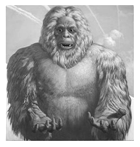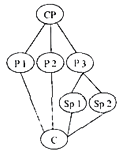0 147978 147986 147992 147996 148002 148004 148008 148014 148016 148022 148028 148032 148034 148038 148044 148046 148052 148056 148058 148062 148064 148068 148070 148072 148073 148074 148076 148077 148078 148080 148082 148086 148088 148092 148094 148098 148104 148106 148112 148116 148118 148122 148128 148134 148136 148142 148146 148148 148154 148158 148164 148172 151629













